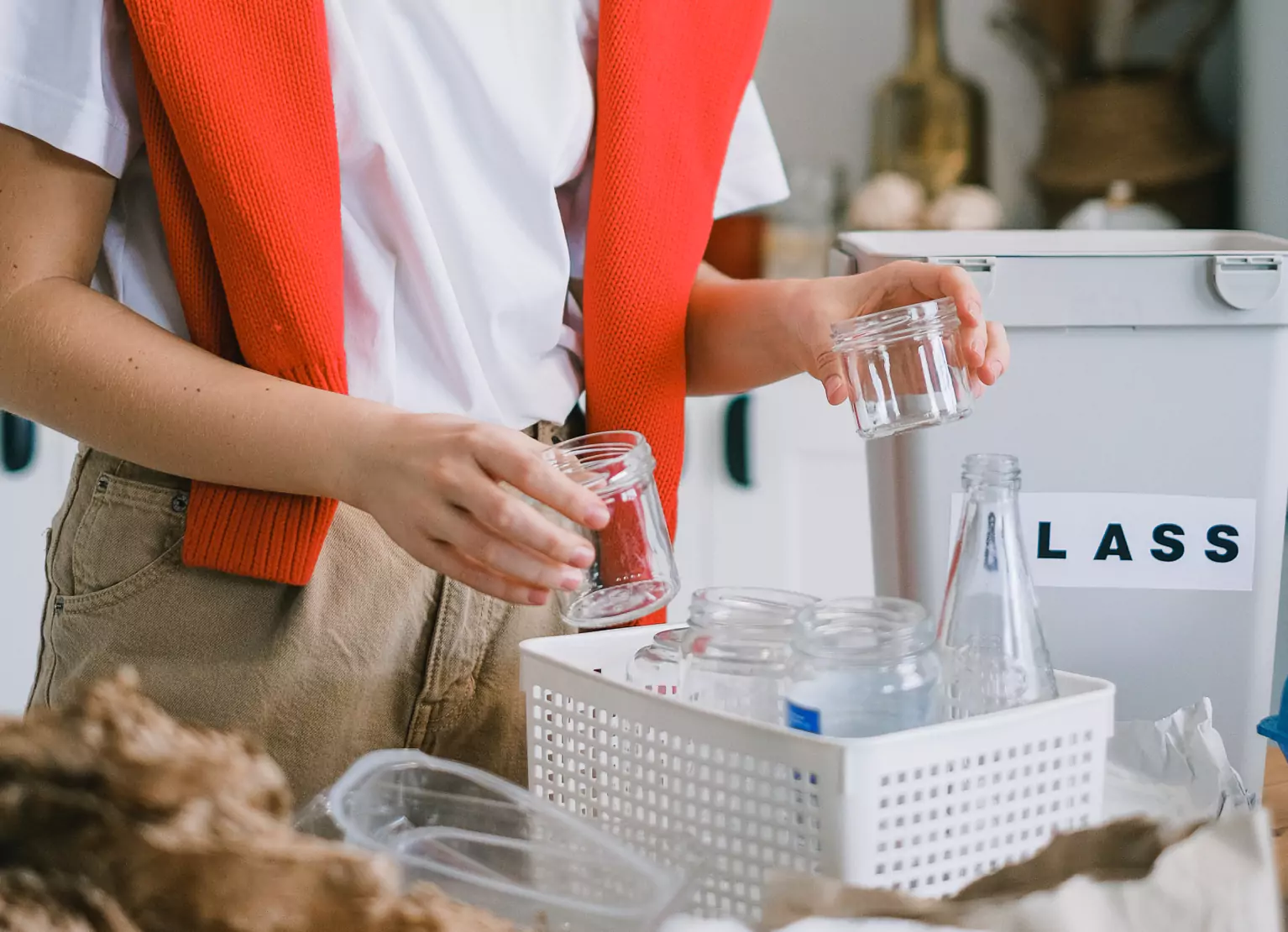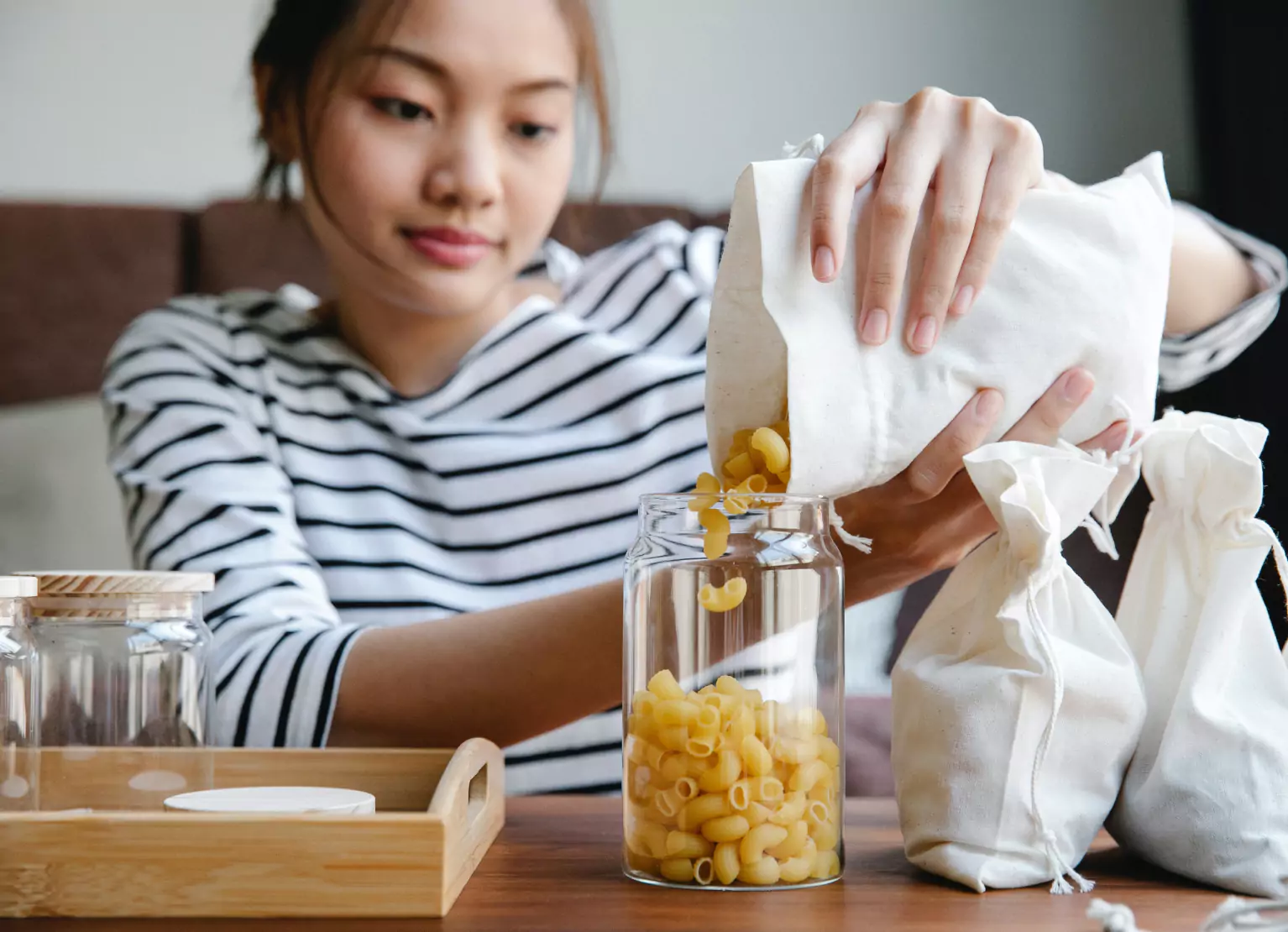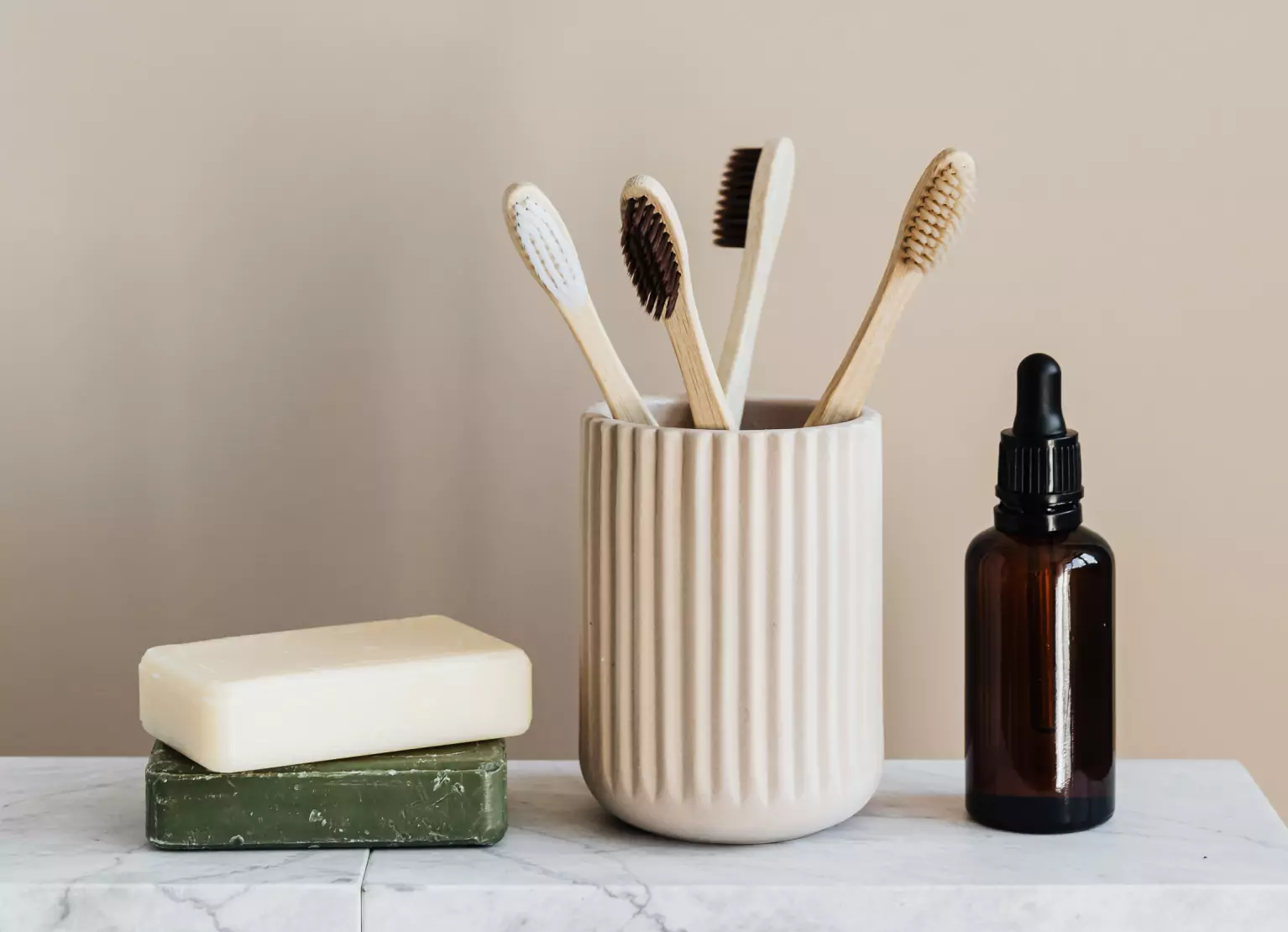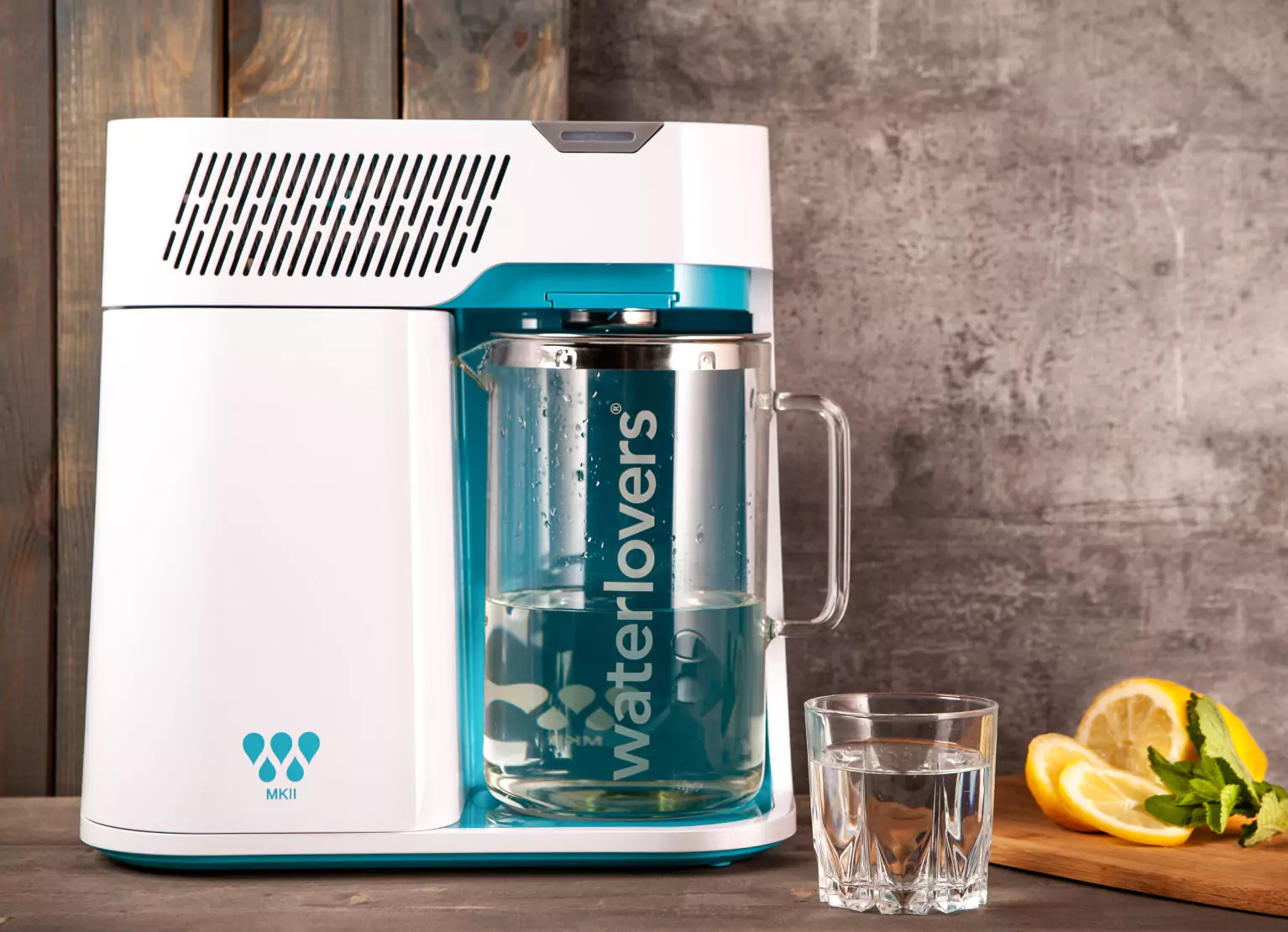8 Nutritionist-Approved Tips for a Healthy Environment

Key Takeways
It’s more challenging than ever to find ourselves in a healthy environment, and it’s not all because of air pollution! If you’ve read our post on obesogens, you know that certain chemicals and toxins can also have a harmful effect on you—specifically on your metabolic health.
Unfortunately, it can be challenging to avoid these. Toxins, hazardous chemicals, and contaminants are in everything from cleaning products to drinking water.
You can’t change everything about the air outside, but you can change how healthy your surroundings are, specifically, your home environment. In this post, we’ll cover ways you can make your environment healthier, such as quick swaps of products, lifestyle changes, and ways to help your body minimize the impact of harmful toxins to benefit your overall health.
Read on to find out how to create an environmentally friendly living space, how toxic chemicals can ruin everything from your physical to mental health, and a few lifestyle changes that can help you avoid them.
A Quick Recap on Toxins and Obesogens

Since the industrial revolution, and especially over the last few decades, environmental toxins have become a prominent part of our everyday lives and lifestyles.
From toxins in your water supply to chemicals in your veggies and indoor air pollution, they’re everywhere.
Here are a few common ones to watch out for:
- Fluoride, which in high levels (amounts that exceed the recommended amount of 1.5 milliliters per liter of water set by the World Health Organization) can be detrimental to not only teeth but also brain and nerve cells.
- Particulate matter in the air around you, like dust, smoke, and mold spores, is linked to insulin resistance, metabolic syndrome, and cardiovascular disease.
- Perfluoroalkyl substances (PFAS), which have the potential to contribute to obesity.
- BPA, or bisphenol A, has been linked to various endocrine disorders.
- Phthalates have been supported through some studies to contribute to health risks and conditions like type 2 diabetes and obesity. They can also negatively impact child growth and development as well as the reproductive systems of younger individuals.
- Organotins have been linked to increased appetite, fatty liver, and obesity.
- Herbicides and pesticides can lead to a host of health risks. Atrazine has been linked to increased insulin resistance and reduced metabolism. Another herbicide, glyphosate (also known as “Round-Up”), is an endocrine disruptor linked to hypertension, gluten intolerance, and other neurodegenerative diseases.
- Triclosan can change your gut microbiome in a way that promotes altered metabolism, increased obesity, and increases the risk of developing type 2 diabetes.
- Persistent Organic Pollutants (POPs), also known as “forever chemicals” due to their ability to resist degradation, can promote obesity across multiple generations.
Tips to Reduce Toxin Exposure and Make Your Environment Healthier
You may think of toxin exposure as something you‘re only getting near a landfill or because of bad water quality and runoff pollution. But you often don’t realize how present these toxins are in your daily life.
As you can tell by now, they’re everywhere, from your water and food to the air you breathe. However, there‘s good news—you can do something to reduce your exposure.
Here are a few tips to effectively reduce how much exposure your body gets to these harmful chemicals.
Invest in an Air Filter

It’s impossible to escape the air you breathe. But investing in an air filter can help clear out or significantly reduce the amount of particulate matter, allergens, and dust mites in your home.
Consider investing in clean air by using a HEPA air filter, at least in your bedroom, where people tend to spend the majority of their hours when at home. And if you can, invest in a HEPA filter for different parts of your house too.
This tip isn’t applicable when you’re outside, of course. But if possible, choose to take routes or spend time in places with cleaner air. For example, get some fresh air in the great outdoors over the weekend.
And consider wearing a mask if you have to be in a particularly polluted area to prevent health problems that go hand-in-hand with breathing in polluted air.
Filter Your Water
Another recommendation is to start filtering your water (check out EWG’s tap water database to learn more about the contaminants in the American water supply). The Nutrisense Nutrition team recommends using either a whole house water filter or a Berkey water filter. At the very least, avoid tap water.
If you’re in a pinch, buy filtered water from your grocery store (the ones in glass bottles, as you’ll want to avoid plastic, which we explain below).
Swap Your Pots, Pans, and Food Containers

Avoid sources of plastic and other materials that contain BPAs, PFAS, and phthalates. This means switching out your pots, pans, and containers.
You’ll want to avoid drinking from plastic bottles or heating/storing your food in plastic to avoid exposure to BPA. Instead, opt for glassware containers.
Also, use cast iron or stainless steel cookware instead of non-stick/Teflon. PFOA was previously used to make Teflon. And although all Teflon products have been PFOA-free since 2013, the PTFE they replaced it with can still be harmful.
Switch out Your Conventional Toiletries
As you know by now, some of these toxins are in daily toiletries like toothpaste. And others, like phthalates, are hidden in makeup.
Instead of opting for the conventional versions of these, use organic, non-toxic cosmetics and personal care products when possible.
Companies like Beauty Counter are a great option to find these. Another option to determine which products are low in these toxins, you can use the EWG’s Skin Deep app.
Buy Organic Whole Foods Whenever Possible

Like your beauty products and pots, it’s time to ensure that the food you eat is also free of such chemicals. Regular farming practices use lots of herbicides and pesticides, as we’ve discussed.
To avoid excessively consuming these, you can use the EWG dirty dozen/clean fifteen list.
The dirty dozen are foods that are sprayed with excessive amounts of herbicides—get these organic if you’re not able to get all your produce organic.
The clean fifteen is a term used to refer to foods that are safer to consume non-organic.
Support Your Body with Adequate Nutrition
In a perfect world, we’d never be exposed to harmful chemicals. However, it’s not possible to avoid every single chemical in our environment.
In fact, “perfect eating” goals can feel really stressful, and stress itself is harmful to your physical and mental wellbeing.
Instead, you can support your body through adequate nutrition that helps support your body's natural innate detoxification systems.
Here are some habits you may want to consider:
Consider Ways to Reduce Plastic in Your Life

Because plastic contains compounds (BPA being the most common example we’ve discussed) that can harm your metabolic and endocrine health over the long term, you probably want to reduce how much plastic you use.
Luckily, there are a variety of ways you can reduce plastic use in your everyday life:
- Opt for glass wherever you can. Switch out your plastic containers for glass Tupperware. Avoid buying plastic glasses or cutlery.
- One option for plastic-free storage is the brand stasher — they have reusable silicone storage bags for various uses from storage to food prep.
- Bring your own water bottle whenever you can!
- If you can’t bring your own water bottle or have to buy water from a store, choose one that’s made of glass or one with a cardboard/paper base. Even though BPA-free water bottles may seem like a better choice, they may be made from other compounds that are still potentially harmful to your metabolic and endocrine health.
- Instead of using plastic bags, opt for reusable bags.
- When buying personal items like toiletries, skincare, or certain home goods, choose brands with recycled or compostable packaging (instead of plastic).
- If you’re at a social gathering without proper dishware, opt for paper plates (or ask if those are available).
- Many companies now offer plastic-free options for dish detergents in cardboard packaging.
Support Your Body with Nutrients
In this article, we've explored how to make healthy changes to your environment that reduce the toxic burden your body experiences.
If you're wondering how nutrition can play a role in supporting your internal detoxification processes, stay tuned for our upcoming article on detoxification.
We’ll be exploring the many important things we can do daily to improve our detoxification ability, so stay tuned!
For those that are itching to know more, here’s a deeper dive into what we’ll be covering in that article:
- The different bodily processes that participate in detoxification.
- How macronutrients (fats, carbs, protein) and micronutrients (vitamins, minerals) may help support detoxification.
- How phytochemicals from foods may influence how detoxification processes work.
- What antioxidants are and their role in detoxification.
- The way genetics influence how your body handles toxins.
Nutritionist Hacks for a Healthy Home

We’ve covered a variety of ways that you can make your home and overall environment healthier. A healthier home means fewer toxins and harmful compounds.
Feeling overwhelmed by all the suggestions and don't know where to start making healthy changes? Don't worry. We asked our registered dietitian nutritionist, Heather Davis, MS, RDN, LDN, to share a few hacks she uses to maintain a healthy environment.
So, if you’re confused about where to start, you can start with implementing her tips.
What Heather Recommends
Over the years, I’ve gradually made many changes to keep my home environment healthier. I didn’t make all these changes overnight (which can feel overwhelming), but instead worked on a couple at a time.
It all adds up.
Here are some strategies I started with.
How I’ve Switched To Non-Toxic Products

First, I incorporated healthier cleaning products made with simple and non-toxic ingredients. I’ve looked for products that the EPA has considered a “safer choice” and sourced some ideas from the independent Environmental Working Group (EWG)’s wealth of resources. Some of my favorites include:
- Dr. Bronner’s Sal Suds Biodegradable Cleaner
- Baking soda and vinegar (and a good scrubbing brush with some elbow grease!)
- Bon Ami Powder Cleanser (great for when baking soda just won't cut it)
- GreenShield Multi-Purpose Cleaner/Degreaser
I still think it’s a good idea to wear gloves when using even these safer cleaners, just to protect from skin irritation that exposure to more acidic or alkaline ingredients may cause.
How I’ve Reduced my Use of Plastic
I've tried to find ways to phase out many plastics I would typically use for food storage. I’ve slowly moved to glass and silicone products or washable cloth bags for bulk items like salt.
How I’ve Reduced my Exposure to Toxins

I also love my Berkey water filter, which removes many contaminants but keeps the minerals in my water and minimizes plastic waste from bottled water.
I'm a big fan of killing multiple birds with one stone. A great way to reduce some harmful volatile organic compounds (VOCs) that are naturally found in many building materials like carpets and glues and may be off-gassing in the indoor environment is with the help of some plants.
My plants help the space look and feel nicer just because they're plants; they also work for me in filtering things like toluene, xylene, formaldehyde, benzene, and other compounds I don’t want to breathe in too much.
Some of the best air-filtering plants include:
- Snake plant
- Spider plant
- Golden pothos
- Boston fern
- Peace lily
- Dracaena
- Ficus
- English ivy
- Areca palm
- Rubber plant
This is just to name a few! However, remember that not all of these are pet-safe.
Since my house is full of furry critters, I usually opt for some of the safer animal-friendly options from this list, like the spider plant, areca palm, and Boston fern.
Find the right Nutrisense programto turn insight into progress.
Go Beyond Glucose Data with Nutrisense
Your glucose can significantly impact how your body feels and functions. That’s why stable levels are an important factor in supporting overall wellbeing. But viewing glucose isn't enough. Nutrisense, you’ll be able to learn how to use your body's data to make informed lifestyle choices that support healthy living.
One-to-one coaching
Sign up to access insurance-covered video calls to work with a glucose expert: a personal registered dietitian or certified nutritionist who will help tailor your lifestyle and diet to your goals.
Monitor and measure what matters
With the Nutrisense CGM Program, you can monitor your glucose with health tech like glucose biosensors and continuous glucose monitor (CGM)s, and analyze the trends over time with the Nutrisense App. This will help you make the most informed choices about the foods you consume and their impact on your health.
Find your best fit
Ready to take the first step? Start with our quiz to find the right Nutrisense program to help you take control.

Heather is a Registered and Licensed Dietitian Nutritionist (RDN, LDN), subject matter expert, and technical writer, with a master's degree in nutrition science from Bastyr University. She has a specialty in neuroendocrinology and has been working in the field of nutrition—including nutrition research, education, medical writing, and clinical integrative and functional nutrition—for over 15 years.



.webp)
